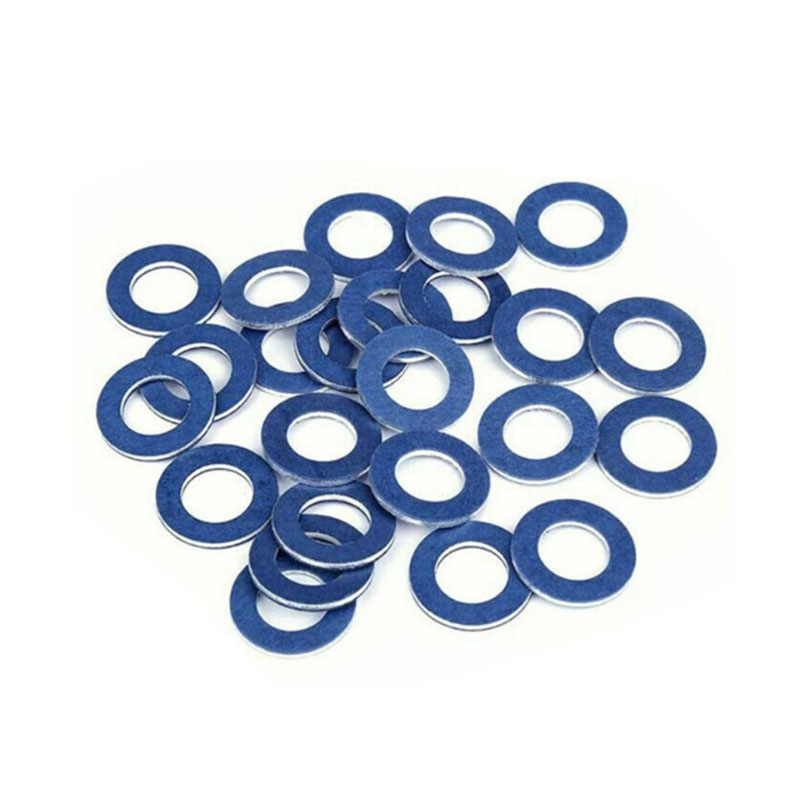drive axle shaft seal
Understanding Drive Axle Shaft Seals Importance and Maintenance
The drive axle shaft seal is a crucial component in automotive design, playing an essential role in the overall functioning of a vehicle's drivetrain. This seemingly small part is responsible for preventing oil leakages, protecting internal components from dirt and debris, and ensuring efficient performance. Understanding the significance of the drive axle shaft seal can help vehicle owners appreciate its role and recognize the signs of wear or failure.
What is a Drive Axle Shaft Seal?
A drive axle shaft seal is a flexible rubber or synthetic material ring that is located at the connection point of the axle shaft and the differential housing. Its primary purpose is to keep the differential lubricant contained within the housing while preventing contaminants from entering the differential assembly. The seal is subjected to a wide range of pressures and temperatures, making it critical to vehicle operation.
The drive axle assembly transfers power from the engine to the wheels, allowing for movement. If the axle shaft seal fails, it can lead to oil leakage, which may result in insufficient lubrication for the components, leading to premature wear and, in severe cases, catastrophic failure.
Importance of Drive Axle Shaft Seal
The drive axle shaft seal serves multiple functions, all of which are vital for vehicle health
1. Prevention of Fluid Leaks The primary job of the seal is to prevent transmission or differential fluid from leaking out. This is crucial, as any significant fluid loss can lead to increased friction, heat buildup, and ultimately, mechanical failure.
2. Protection Against Contaminants A properly functioning seal keeps dirt, debris, and moisture out of the differential. Contaminants can cause premature wear of gears and bearings, negatively affecting performance and lifespan.
drive axle shaft seal

4. Cost-Effectiveness Regular maintenance and timely replacement of worn seals can prevent costly repairs in the long run, making it a cost-effective aspect of vehicle upkeep.
Signs of a Failing Drive Axle Shaft Seal
Being aware of the signs of a failing axle shaft seal is critical for vehicle owners. Here are a few symptoms to watch for
1. Fluid Leaks The most apparent indication of a failing seal is the presence of fluid on the ground where the vehicle is parked. If you notice oil or grease spots, it may be an indication of a faulty seal.
2. Unusual Noises If you hear whining, grinding, or clunking noises while driving, it could be a sign that the differential components are not adequately lubricated due to a failed seal.
3. Difficulty in Steering If you experience difficulty while steering, particularly when turning, it could indicate problems with the axle or differential that may stem from a failed shaft seal.
4. Warning Lights Many modern vehicles come equipped with sensors that monitor fluid levels and can indicate issues through dashboard warning lights if a problem is detected.
Maintaining the Drive Axle Shaft Seal
Routine maintenance is essential for prolonging the life of the drive axle shaft seal. It is recommended that vehicle owners regularly check the differential fluid levels and look for any signs of leakage. During automotive service intervals, it's wise to have seals and gaskets inspected, especially if you drive in harsh conditions or have a high-mileage vehicle.
In conclusion, the drive axle shaft seal is a vital component that significantly impacts vehicle performance and longevity. By understanding its function and maintaining awareness of its condition, vehicle owners can take proactive steps to ensure smooth operation and prevent costly repairs. Regular maintenance and prompt attention to any signs of failure can keep your vehicle running efficiently for years to come.
-
The Ultimate Guide to Car Repair Kits: Tools and Essentials Every Driver Should Own
News Aug.01,2025
-
The Complete Guide to Oil Pan Gaskets: Sealing Engine Leaks the Right Way
News Aug.01,2025
-
Preventing Oil Leaks: A Complete Guide to Oil Pan Gaskets and Drain Seals
News Aug.01,2025
-
Everything You Need to Know About Oil Pan Gaskets and Drain Plug Seals
News Aug.01,2025
-
Essential for Car Owners: How to Use a Car Repair Kit to Deal with Minor Breakdown
News Aug.01,2025
-
Comprehensive Guide to Engine Oil Sump Gaskets and Related Seals
News Aug.01,2025
-
The Ultimate Guide to Boat Propeller Bearings and Trailer Wheel Bearings
News Jul.31,2025
Products categories















